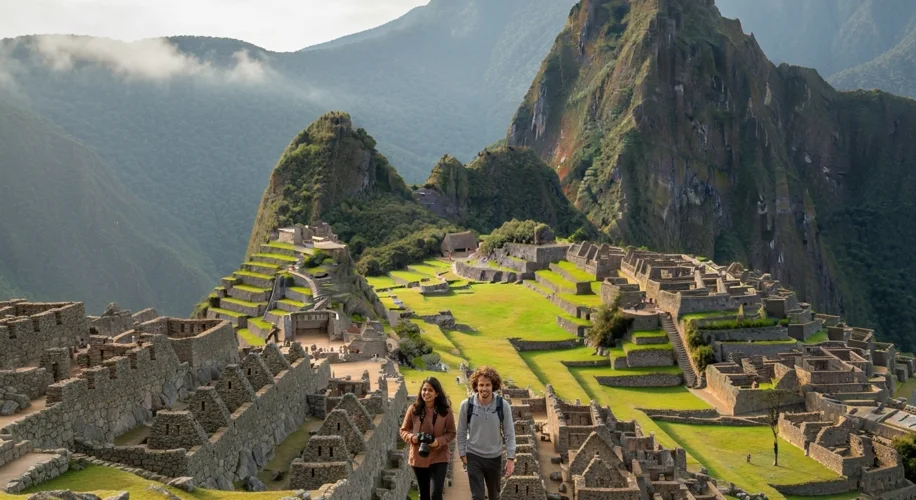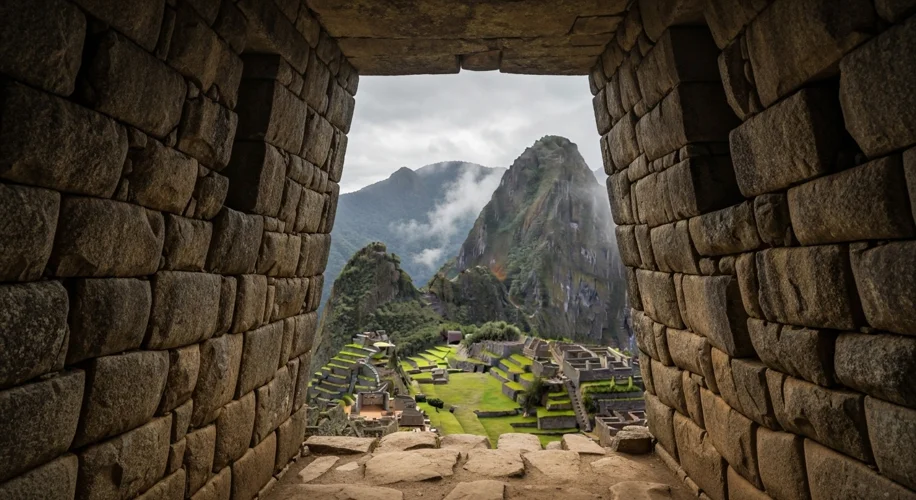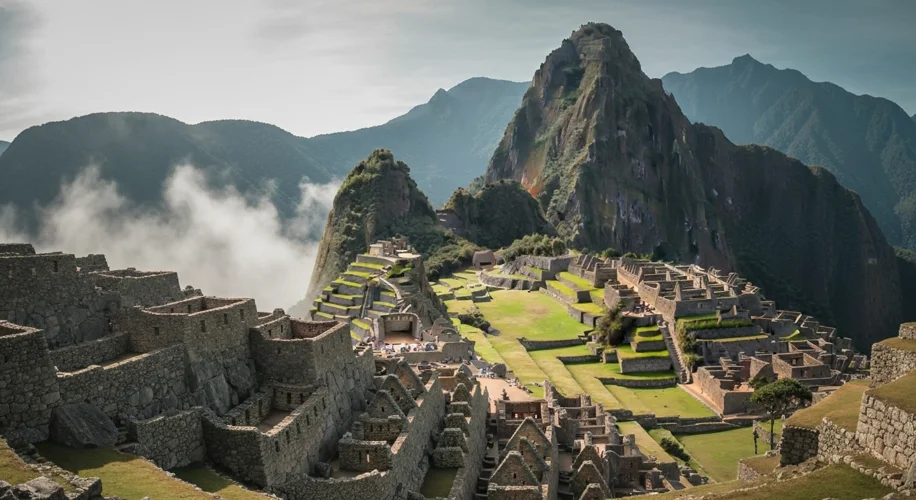High in the Andes Mountains, shrouded in mist and mystery, lies a testament to human ingenuity and an empire’s lost grandeur: Machu Picchu. Built in the 15th century by the Inca civilization, this breathtaking citadel, perched nearly 8,000 feet above sea level, continues to captivate the world. But what was its purpose? And why was this architectural marvel abandoned, left to slumber in the clouds for centuries?
The Inca Empire, Tawantinsuyu, meaning “Land of the Four Quarters,” was a formidable force in South America, stretching from modern-day Ecuador to Chile. Their mastery of engineering, astronomy, and administration was unparalleled in the pre-Columbian Americas. They built an extensive road system, sophisticated agricultural terraces, and monumental cities, all without the use of the wheel or iron tools.
Machu Picchu, believed to have been constructed around 1450 AD during the reign of the Inca emperor Pachacuti, was not a typical city. Its remote location, stunning natural beauty, and precise astronomical alignments suggest a more sacred or perhaps royal purpose. Theories abound: it might have been a royal estate, a religious sanctuary, or a strategic mountain stronghold. Its very name, in Quechua, can be interpreted as “Old Peak,” hinting at its ancient and revered status.

The construction itself is a marvel. The Inca were master stonemasons, fitting massive granite blocks together with such precision that not even a knife blade could pass between them. This technique, known as ashlar masonry, allowed their structures to withstand the region’s frequent earthquakes. Imagine the sheer manpower and skill involved, quarrying these colossal stones, transporting them up treacherous mountain paths, and shaping them with rudimentary tools.
Key to understanding Machu Picchu is recognizing the Inca’s deep connection to their environment. The citadel is strategically placed to harmonize with the surrounding landscape, aligning with sacred mountains and celestial bodies. The Intihuatana stone, a meticulously carved pillar, likely served as an astronomical clock or calendar, tracking the sun’s movements and marking agricultural cycles. The Temple of the Sun, with its curved walls and intricate stonework, highlights the Inca’s reverence for Inti, their sun god.
The Spanish conquest in the 16th century brought an end to the Inca Empire. While the Spanish conquistadors ravaged many Inca cities, Machu Picchu remained hidden, protected by its remote location and dense cloud forest. It was effectively lost to the outside world, shielded from the ravages of conquest.
Then, in 1911, American historian and explorer Hiram Bingham, guided by local farmers, “rediscovered” Machu Picchu. His expeditions brought the site to international attention, sparking a global fascination with the Inca civilization. However, Bingham’s initial belief that Machu Picchu was the lost city of Vilcabamba, a final refuge for the Inca, has since been challenged by archaeological evidence suggesting its abandonment predates the final Inca resistance.

The reason for Machu Picchu’s abandonment remains one of history’s most tantalizing questions. Was it disease? A shift in imperial power? Or simply the natural decline of a place no longer vital to the empire’s core? The lack of written records from the Inca themselves leaves these questions open to interpretation.
What is undeniable is Machu Picchu’s enduring legacy. It stands as a powerful symbol of a sophisticated civilization, a testament to their deep understanding of engineering, astronomy, and the natural world. Walking through its plazas and temples, one can almost hear the echoes of the Inca – their rituals, their daily lives, their aspirations etched into the very stones of this mountain sanctuary.

Machu Picchu isn’t just a collection of ancient ruins; it’s a dialogue with the past, a reminder of human potential, and a whisper from a civilization that, though lost to time, continues to speak through its magnificent, sky-piercing legacy. The site’s UNESCO World Heritage status and its recognition as one of the New Seven Wonders of the World underscore its universal importance, urging us to continue exploring the profound mysteries it holds.

